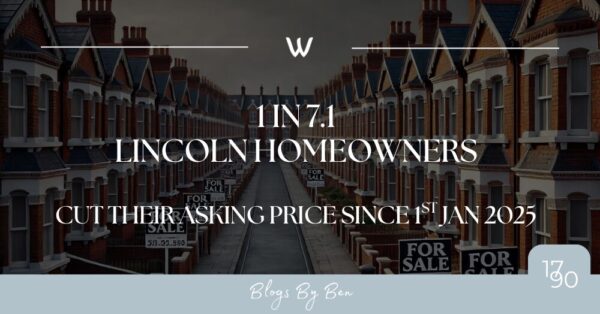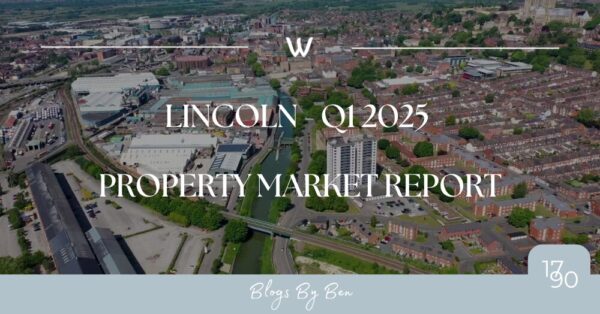- In 1981, 37.5% of properties in Lincoln were council houses. Today, that figure stands at 18.5%, a proportional drop of 51%.
- Why has the number of council houses dropped so much in those 40 years?
- How has that changed the dynamics of the Lincoln property market in those 40 years?
Between 1919 and 1979, 6.94 million council houses were built.
Just over 1 million council houses were built between 1920 and 1939, whilst 5,804,150 council houses were built between 1946 and 1979. This is compared to 4,533,440 private homes and 260,910 housing association properties in the same period (’46 to ’79). So, between 1946 and 1979, the council house was the dominate force of British housing. But that all changed in 1979!
Between 1980 and 1989, 970,558 council houses
nationally were sold at a discount.
Yet the issue was, when a council house was sold, it took that house out of the council’s portfolio for future generations. From the start, there were limitations on local authorities’ use of monies from the council house sales as most of it had to be given to central government in London, meaning only 390,560 new council houses were built between 1980 and 1989. Looking at the numbers locally …in 1981, there were 10,726 council houses
in Lincoln, today it’s 7,381.
No wonder the country has a housing crisis … yet as my regular readers know – the devil is in the detail … and that devil is the humble housing association. The Tory General Election Manifesto in 1979 had proposed the rights for both council house and housing association tenants to buy their own house under the Right to Buy scheme. The Conservatives argued housing associations, who obtained government funding, should be subject to the same Right to Buy proposals as councils. The Government won the vote in the Commons, yet lost the vote in the Lords, meaning housing association tenants could not buy their homes at a large discount. At the time, there were only 400,000 housing association properties in the country, so the Government were not that worried. But the significance of housing associations developed in the 1980s and beyond as they were allowed to borrow money from the private sector.Between 1949 and 1979, the average number of housing association properties built annually was 8,524.
Since 1979 to today, it has been 25,062 per year (and 31,606 per year in the 2010s).
Also, the Government encouraged councils to transfer their remaining council houses to housing association schemes from 1986. The advantage to these ‘stock transfers’ was the Government allowed housing associations to access private funding to improve their existing properties and buy new ones (good news for existing tenants complaining that the local authority never upgraded their homes). Moreover, the Tory Government liked stock transfers, as it allowed them to dismantle council housing from the inside. Interestingly, Labour expanded the ‘Stock Transfer’ process in 1997 and further reduced the eligibility for council tenants’ Right to Buy, meaning the number of council tenants exercising their Right to Buy declined considerably. Meaning today, even though the provision of council housing has dropped like the proverbial stone …the number of housing association properties in Lincoln
has increased from 243 in 1981 to 1,348.
So, how has this changed the dynamic of the Lincoln property market in the last 40 years? Would it surprise you to learn that the number of people who own their own Lincoln home today is remarkably similar to what it was 20 years ago before the property boom started? It’s just that even though we’ve had a large drop in the number of council houses and an increase in the number of housing association properties, the number of people owning their own home has remained relatively the same (in some areas of Lincoln this has actually increased), the significant issue is the growth of the private rented sector.It’s almost as if people who used to rent from the council
now rent from a private landlord.
The question is, is it right for private individuals to make money from tenants who rent from them as opposed to the local authority? Or are private landlords providing better types, choices and quality of accommodation for these tenants, albeit at a higher rental rate than if they rented a council house? I really do believe if it weren’t for the growth of the buy-to-let landlord, which began in the early 2000s, we would have an even bigger housing crisis on our hands than the one we have currently. Both local and central government have had their hands tied behind their backs since 2008 with a lack of funding, and it’s the humble private landlord who has stepped up and supplied in excess of 2.3million additional rental properties since 2001, housing nearly 5,520,000 Brits. These landlords have saved the day since the big council house sell off in the 1980s! What are your thoughts on this matter?


